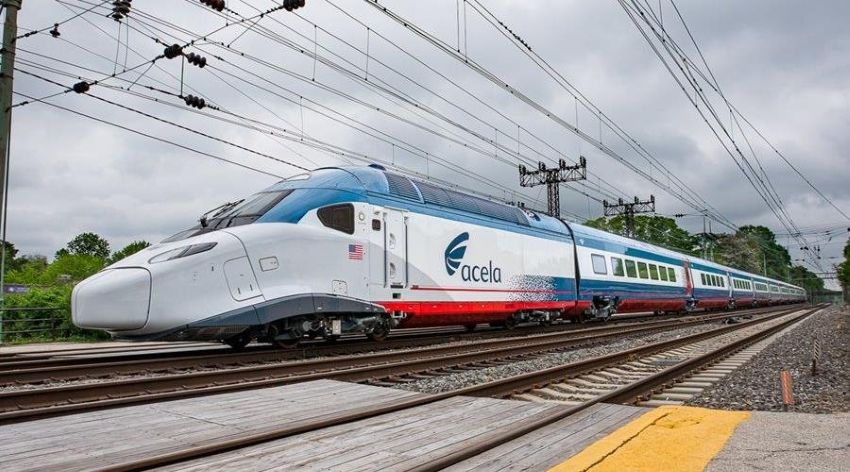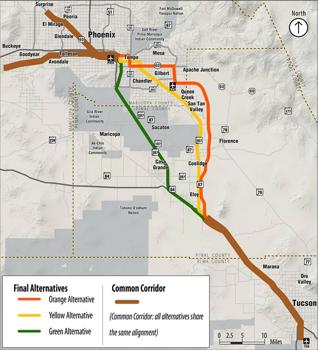Federal Green Light Signals New Era for Phoenix to Tucson Passenger Rail
Long-Awaited High-Speed Rail Project Moves One Step Closer to Reality
In a major milestone for Arizona’s transportation future, the Federal Railroad Administration (FRA) has officially approved the first phase of a long-anticipated rail project that would connect Phoenix and Tucson with a dedicated passenger train line. The decision brings fresh momentum to a vision that has been under discussion for years—linking two of the state’s largest cities through a modern and efficient rail corridor.
The announcement was made by the Arizona Department of Transportation (ADOT), which confirmed that the project has cleared the first hurdle in the federal planning process.
What the First Phase Includes
ADOT submitted an initial Project Service Development Plan, which outlines the scope, budget, and timeline for a potential passenger rail service stretching roughly 160 miles between Tucson and Buckeye, a fast-growing suburb on the western edge of the Phoenix metropolitan area.
This phase—backed by a $10.6 million budget—focuses on developing a strategic blueprint for the project and will span approximately two to three years. During this time, the agency will:
Determine the number and location of rail stations
Analyze travel demand and usage patterns
Identify needed infrastructure upgrades
Estimate capital investment and maintenance costs
Assess long-term operational needs and feasibility
Completion of this planning phase will qualify the project to move into the third and final stage—an engineering and environmental review, a requirement under federal law for all major infrastructure projects.
Funding and State Support
While federal approval for this first step is a promising sign, the project now awaits further momentum from a federal grant, expected to be awarded in the coming weeks. This grant is essential for progressing into the comprehensive planning and analysis phase.
To strengthen the state’s commitment and bolster the funding effort, Governor Katie Hobbs has already pledged $3.5 million toward the planning process. This contribution signals Arizona’s readiness to move the project forward and demonstrates strong state-level support for modernizing the region’s transportation network.
The final engineering phase, once initiated, would also take an additional two to three years and require a 20% state match of the awarded federal funds.
Why a Phoenix-Tucson Rail Line Matters
A high-speed or dedicated passenger rail line between Phoenix and Tucson would be a game changer for Arizona’s economy, environment, and quality of life. The corridor between the two cities is one of the most heavily traveled in the state, with tens of thousands of vehicles using Interstate 10 (I-10) daily.
A passenger rail system would:
Reduce traffic congestion on highways
Lower carbon emissions and improve air quality
Provide an alternative travel option for commuters and tourists
Support economic development in cities along the route
Improve access to jobs, education, and healthcare between metro areas
The line could also help accommodate Arizona’s rapidly growing population, which has strained existing infrastructure and created new demands for sustainable transportation alternatives.
Looking Ahead
With federal approval in hand and state backing secured, Arizona’s vision of a modern rail connection between Phoenix and Tucson is finally moving off the drawing board and into tangible development.
The next two to three years will be critical in shaping what this transformative transportation project will look like—and how it will serve Arizonans for decades to come.
If completed, the Phoenix-to-Tucson passenger rail could represent one of the most significant infrastructure upgrades in Arizona’s history, forging new connections across the state and setting a national example for regional mobility.
As the project advances, residents and businesses alike will be watching closely—because the journey to a faster, smarter, and more connected Arizona has officially begun.

